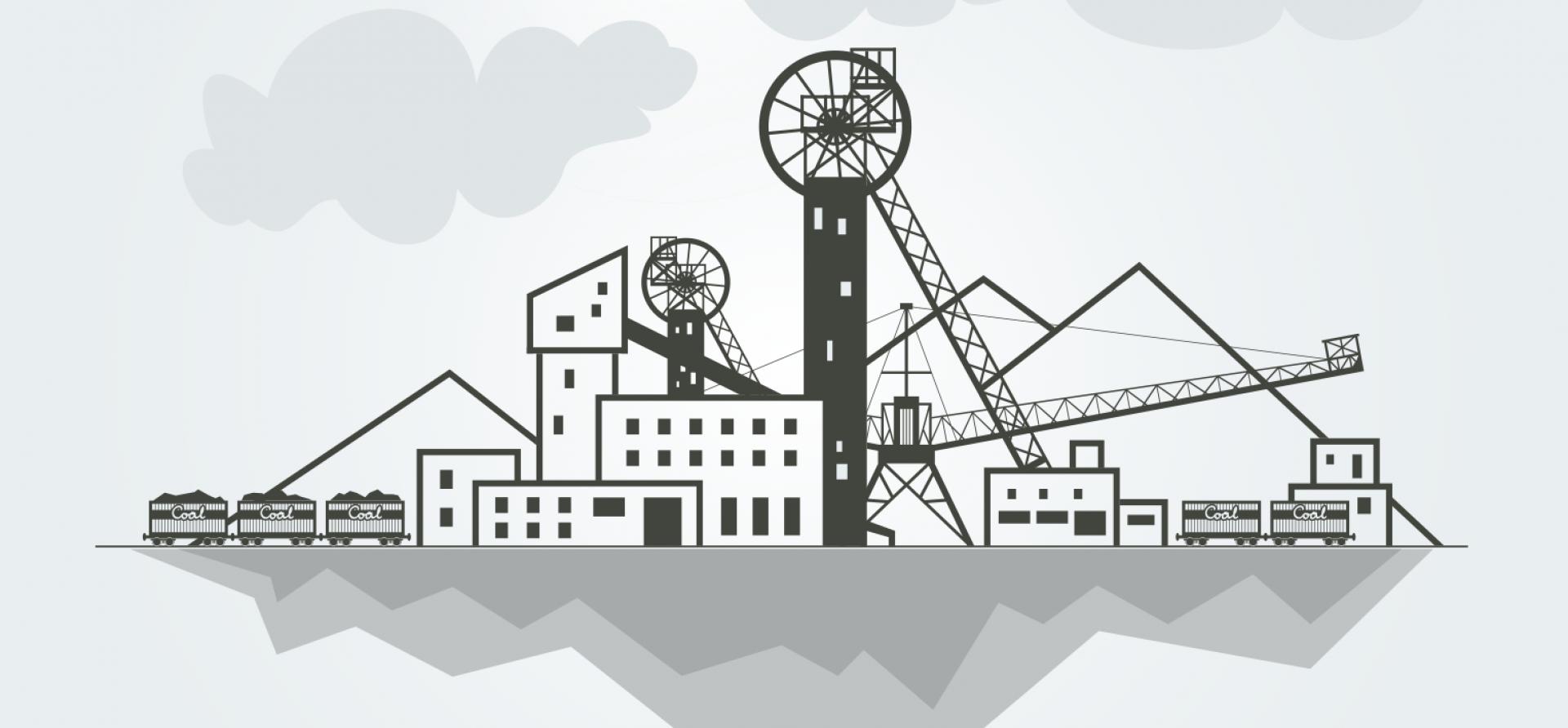Notes on the EPA’s Clean Power Plan (Part 4: Why America Should Reinvest in Coal Communities)

 Asked recently about job losses across the U.S. coal industry, former President Bill Clinton offered this response:
Asked recently about job losses across the U.S. coal industry, former President Bill Clinton offered this response:
“You have people who live in coal country — who lost 20,000 jobs before Barack Obama took the oath of office — responding to Mr. Trump saying that if I just throw the immigrants out who are undocumented, and stop the Chinese products from coming in, you will be hunky-dory.”
“But the truth is, they’re physically isolated in an industry where employment peaked in 1920—95 years ago. And nobody has done anything for them. It is a microcosm of what you see in Greece, what you see in parts of Italy, what you see in parts of Spain—the whole deal.
“And we need to all just take a step back and say, if this is worth fighting for, let’s just take this thing piece by piece.”
Clinton was right not just on the numbers but on the proper response to this shift. Employment in the mining sector peaked in 1923, at 704,000 jobs. More recently, from 1985 through 2010, according to the Energy Information Administration, the U.S. lost an additional 83,000 coal-mining jobs. Those numbers have only grown, with a loss of 15,000 more jobs since 2010, as Bloomberg View noted last week, (over a time in which the mining industry lost more than 90 percent of its market value).
The question we face now as a nation is how to reinvest in these many workers and their families.
Clinton said also that hardly anybody outside the most affected areas cares about laid-off miners. He may have been right, sad to say, although more people are paying attention now nationally to the plight of laid-off miners than they did as recently as a few months ago. Hillary Clinton has put forward a proposal to support displaced workers with improved pension and health benefits. This plan has been presented as a step toward investing in communities faced with tax-revenue problems related to historical overdependence on coal.
Ms. Clinton’s proposal was met, sad to say, by criticism from coal-industry executives who offered no constructive alternatives. Their retort was to whine about the EPA’s Clean Power Plan, failing to acknowledge that the coal industry is in deep and permanent decline not because of pollution regulation but because of core shifts in energy markets. The Clean Power Plan is a coal-industry red herring, and the truth most coal executives will not grapple with is that coal is no longer the preferred source of electricity generation in the U.S.
PROPOSALS AT THE FEDERAL LEVEL TO REINVEST IN AND REINVENT COAL-MINING COMMUNITIES are being supplemented separately by efforts at the local level to devise practical plans for economic redevelopment in communities faced with closure of coal-fired coal plants. These efforts, particularly in New York State, include replacing lost tax revenues and finding employment for those in need of new jobs by tapping state money specifically set aside for such recovery.
What New York is doing on this front presents a model that could and should be adopted in coal-mining communities too. It’s in our national interest to embrace such investment, even if industry leaders won’t say so. In fact, as coal-industry bankruptcy proceedings have unfolded over the past year or so across the country, overpaid industry leaders have shown who they are at their core by walking away from coal-mining communities. Executives at Alpha Natural Resources, Cline Mining, Patriot Coal and Westmoreland Coal have all moved to weaken or undermine pension and health benefits and leave displaced workers in the lurch.
This impulse to abandon the very workers who have sustained the industry for so long stands to damage the social fabric of our country in reprehensible ways. It flies in the face of sound economic policy that serves the greater good.
We should be reinvesting in coal communities by channeling our national strength in a way that supports economic development in coal-mining regions. It’s as simple as that, and what I’m saying is neither revolutionary nor new. There’s a whole arm of the federal government set up already for just such initiatives. It’s the Department of Defense’s Office of Economic Adjustment, and it has been called on frequently in the past to help reinvent local economies hurt by military base closing.
The tradition long established at DOD is a place to start (along with policy support for addressing how coal companies are trying to get out of their pensions and health benefit obligations).
Coal mining is an American institution, and its workers have been its foundation. Workers and their families are being ignored now or cast off by coal-company executives who want to lay the blame for their own lack of foresight at the feet of somebody else.
Now is the time, as President Clinton said, for us “to step back,” assess what’s at stake and to adopt policies and program to show that reimagined reinvestment in coal country is indeed a thing worth fighting for.
Tom Sanzillo is IEEFA’s director of finance.
Related posts:
Notes on the EPA’s Clean Power Plan (Part 1: It’s More About Technology Than It Is About Coal)
Notes on the EPA’s Clean Power Plan (Part 2: A Negligent Industry)
Notes on the EPA’s Clean Power Plan (Part 3: The Electricity Industry’s Failures)















